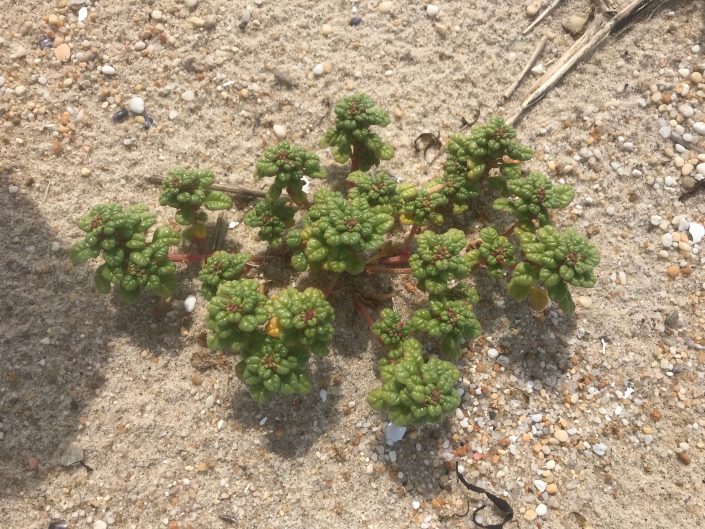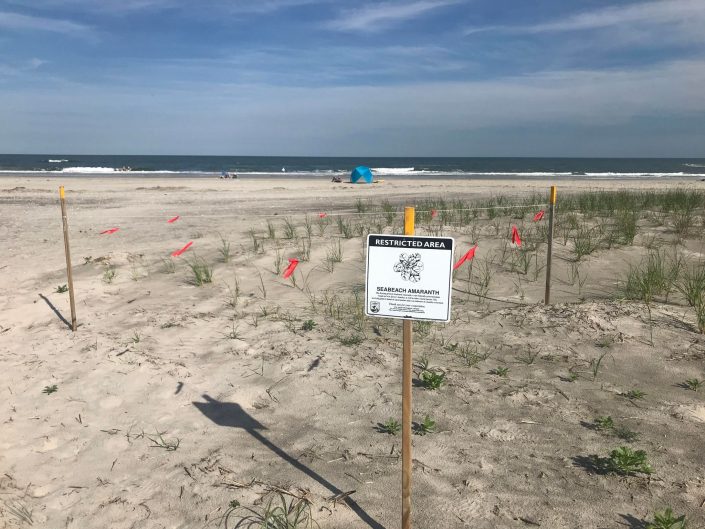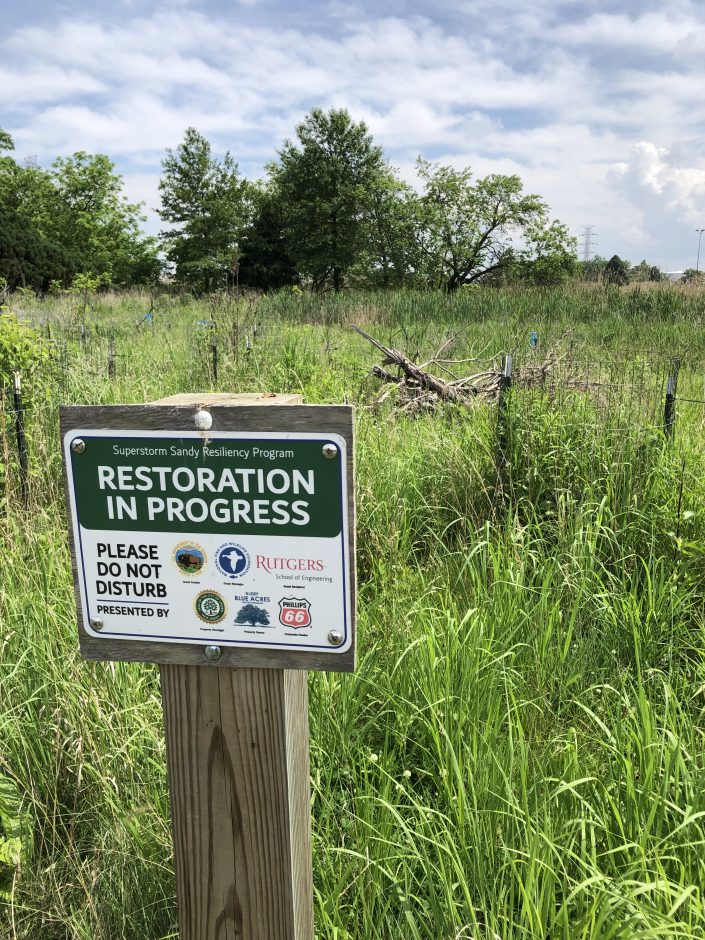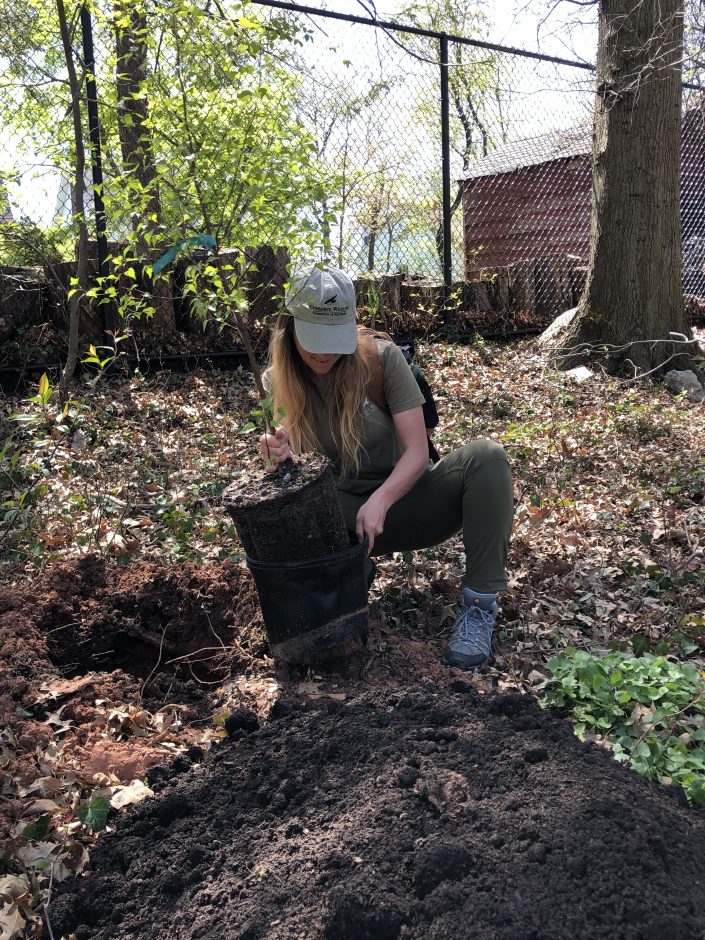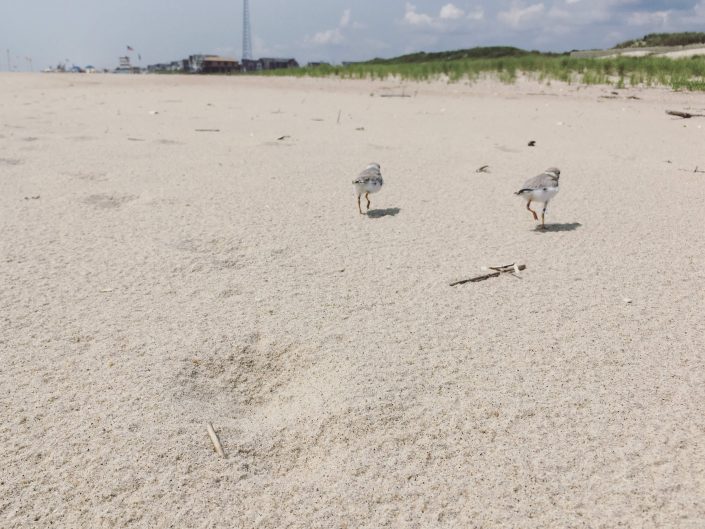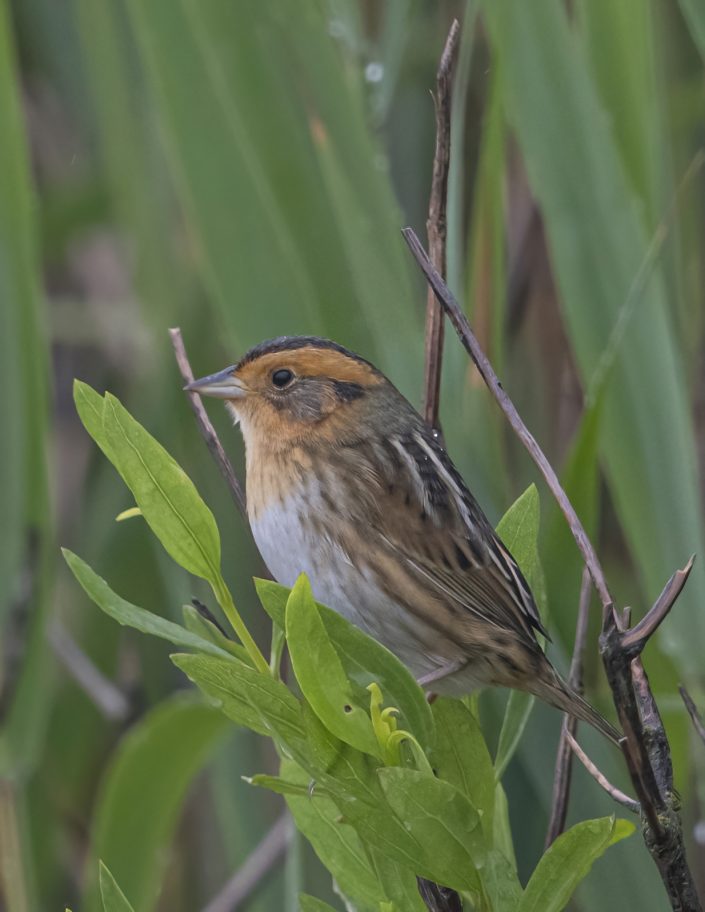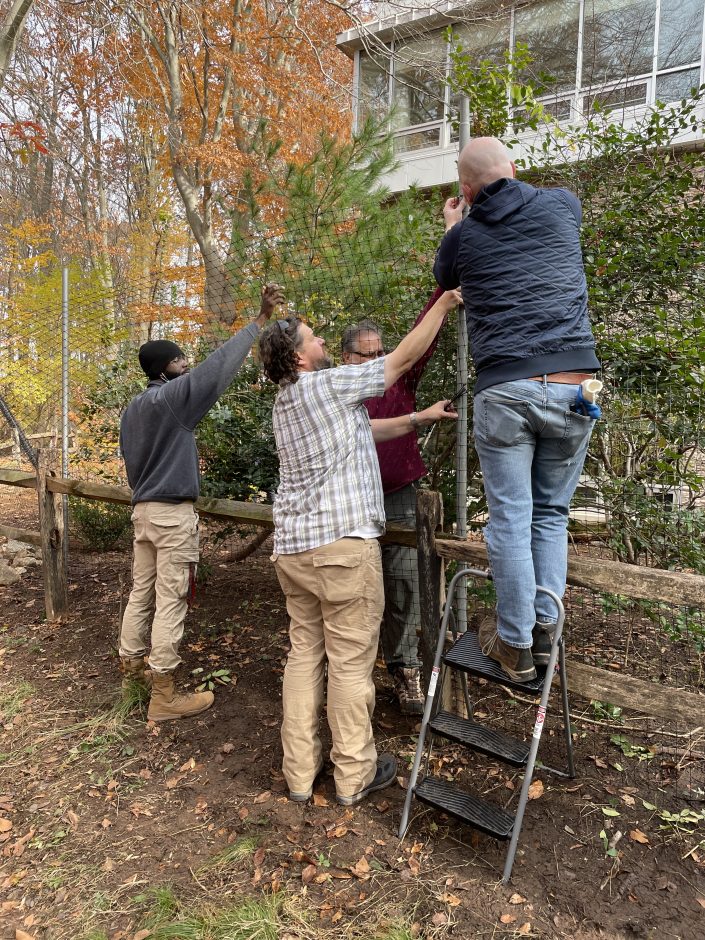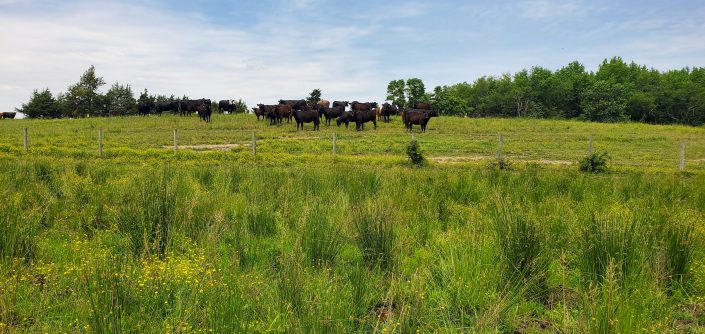Ongoing Grassland Restoration Efforts Improve Conditions for Grassland Nesting Birds
by Meaghan Lyon, Wildlife Biologist
Over the past five years, long term efforts have been ongoing to complete a large-scale grassland restoration at the McGuire Airfield. So far, roughly 500 acres have been treated and seeded to encourage the growth of native warm season grasses with another 100 acres to be completed by next spring. The planting of species like little bluestem, sideoats grama, and blue grama has helped to create grassland bird nesting habitat and conserve existing habitat, while accommodating necessary airfield procedures and safety.
Keeping the vegetation on the airfield short is important to ensure airport safety and to achieve that goal, the fields must be mowed. When the vegetation reaches 12-14 inches, the area is mowed back down to 7 inches. The vegetation before the start of the restoration project was a mix of native and non-native woody, forb, and grass species, with some plants growing at a faster rate than others. The quicker these plants grow, the more frequent mowing must occur. It’s for this reason why native warm season grasses were planted, which have a slower growth rate and tend not to grow more than 12-14 inches. By planting these species and reducing mowing frequency, the grassland birds have less disturbance and human impacts on their nesting season.
This work is done in cooperation with the USFWS New Jersey Field Office, and grassland bird surveys are completed throughout the summer to monitor success. Stay tuned to learn more about our grassland bird results for the 2022 breeding season.

